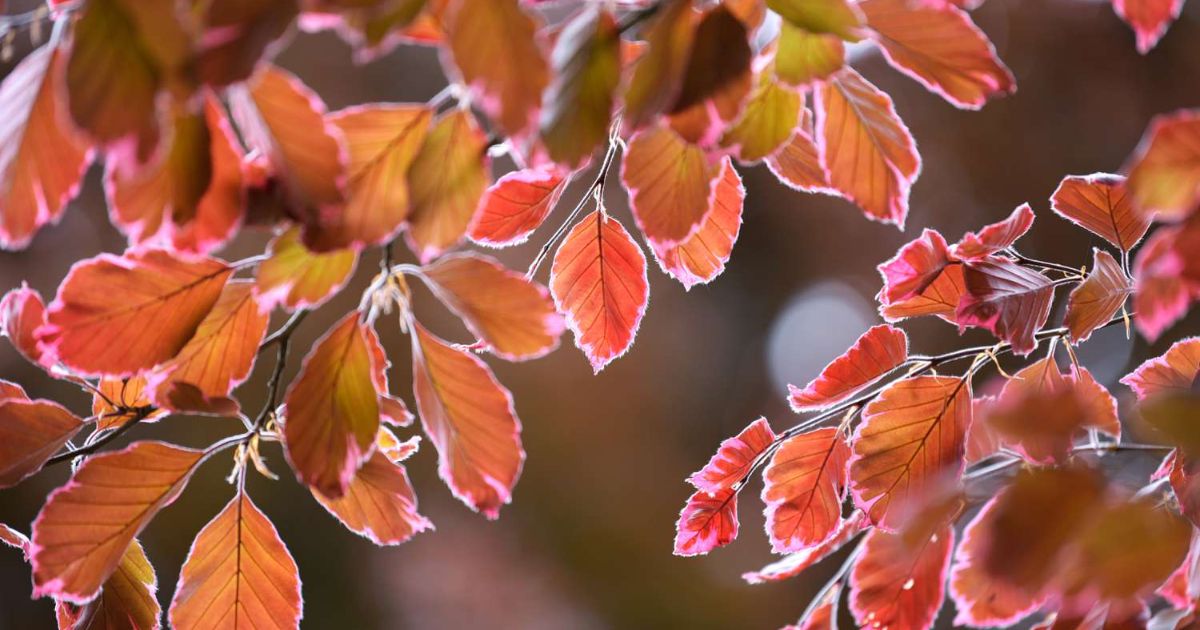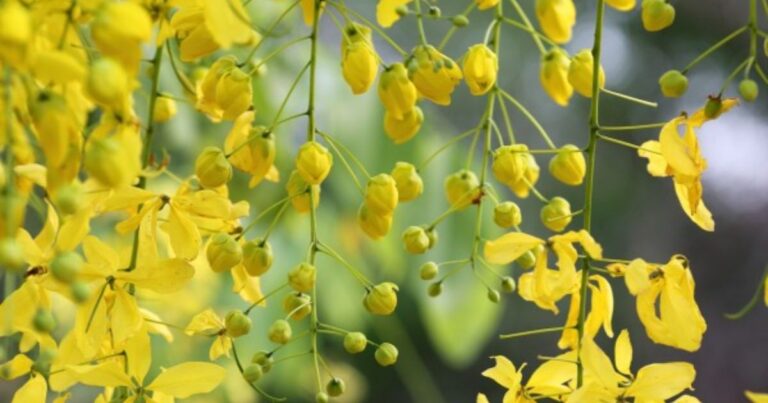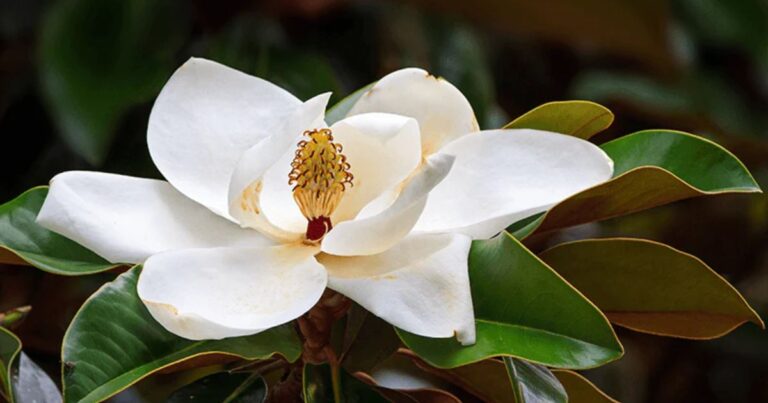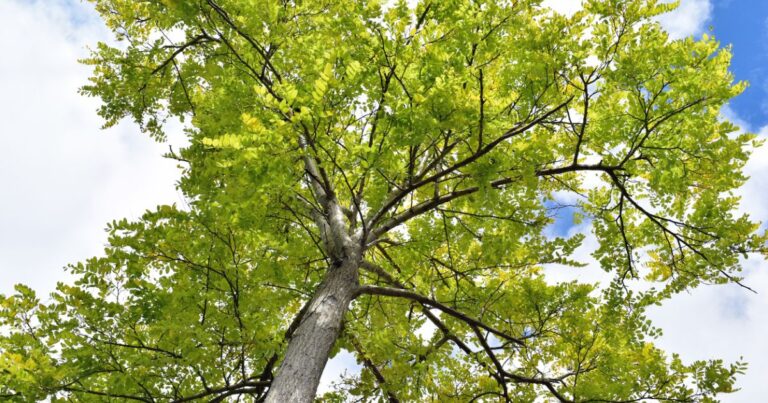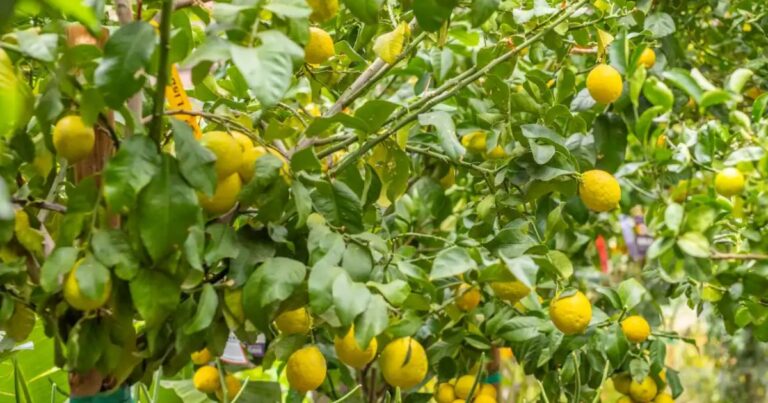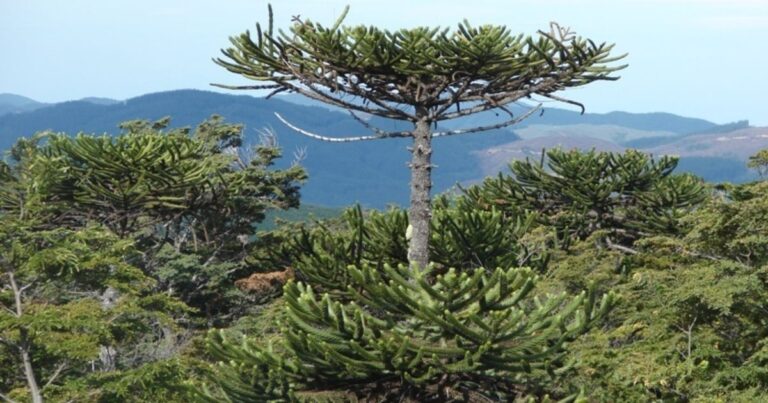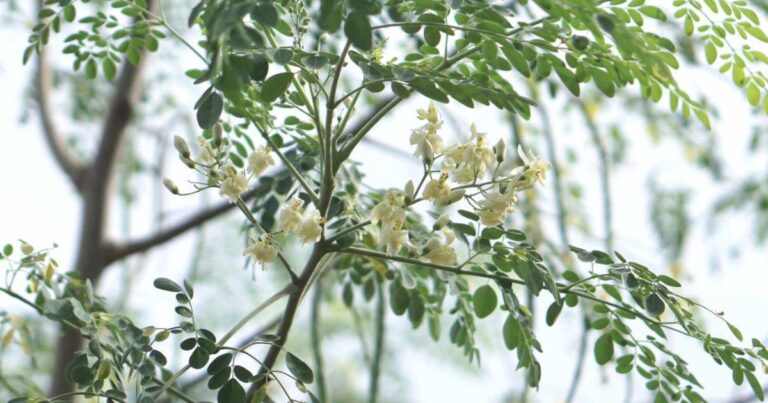Guide About Tri Colour Beech Tree Care, Planting And Uses
The Tri Colour Beech Tree with its stunning variegated foliage, is not just an eye-catching addition to any garden, it is also a symbol of resilience and adaptability in various climates. This majestic deciduous tree offers beauty year-round while providing essential shade during the hot summer months, making it a favourite among gardeners and landscape designers alike.
This guide I will cover of Tri Colour Beech Tree care from ideal planting techniques to ongoing maintenance tips that ensure your tree thrives. I Will also explore its versatile uses in landscaping and how to integrate this stunning specimen into your outdoor space effectively.
What Is a Tri Colour Beech Tree?
The Tri Colour Beech tree, known for its stunning foliage, is a striking variation of the common European beech. Its vibrant colours are particularly pronounced in spring when new growth appears as the leaves mature over time they take on a more muted yet equally beautiful palette.
The Tri Colour Beech serves an essential role in biodiversity. It provides habitat for numerous species of birds and insects that depend on beech trees for food and shelter. The trunk’s smooth grey bark adds to its unique character against greener surroundings and creates a delightful contrast during autumn when foliage starts to fall.
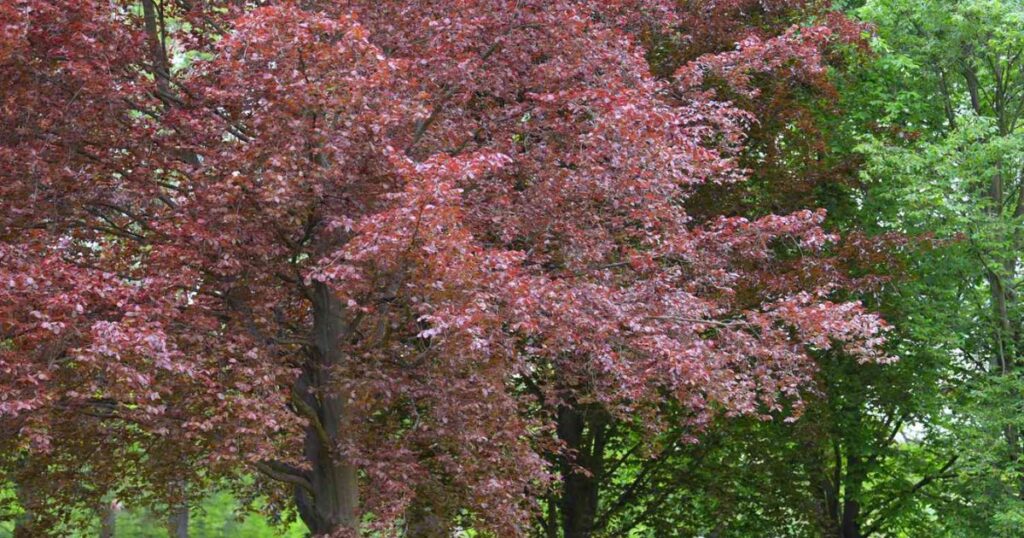
Incorporating the Tri Colour Beech tree into your garden or public space offers not just visual delight but also supports local wildlife and contributes positively to urban ecosystems.
How To Plant A Tri Colour Beech Tree?
Planting a Tri Colour Beech tree, the timing and location play crucial roles in ensuring its vibrancy. Ideally, choose spring or early autumn for planting, as these seasons provide milder temperatures and adequate moisture for root establishment. Select a location that receives full sun or partial shade.
While this stunning tree will thrive best with ample sunlight, it can adapt to varying light conditions but may lose some of its brilliant coloration. Before digging into your planting site, test the soil pH beech trees prefer slightly acidic conditions (around 5.5 to 6.5). Amend your soil as needed with organic matter to enhance drainage and nutrient availability.
Tri Color Beech Growing
Tri Color Beech, with its stunning variegated foliage. What sets the Tri Color Beech apart from other ornamental trees is its slow growth rate; patience becomes a virtue as you nurture it in your yard. Spacing it adequately allows each tree to flourish without competition for sunlight, an essential factor for maintaining those vibrant hues.
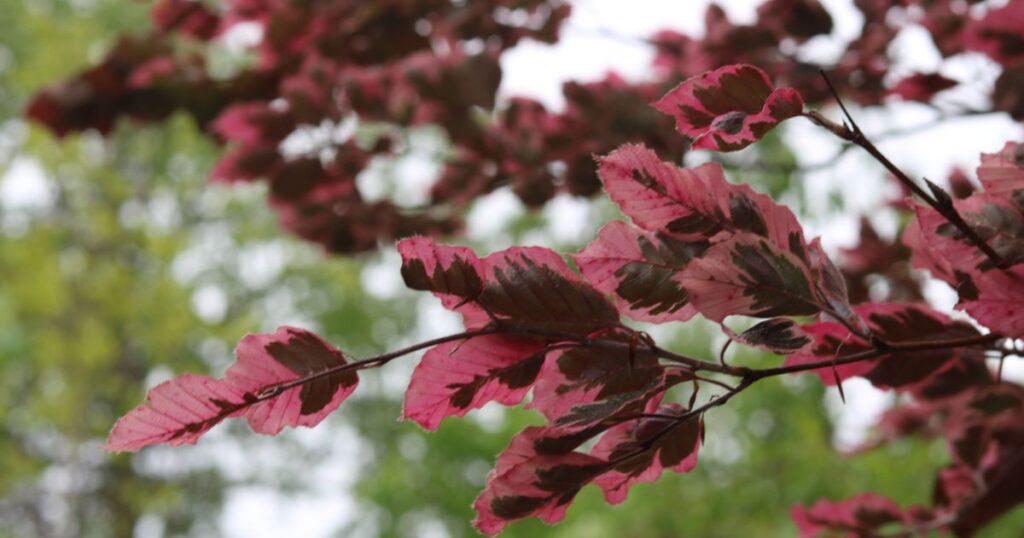
Beyond aesthetics, growing a Tri Color Beech can foster biodiversity, its dense canopy provides habitat for various species while also serving as a windbreak. During the fall season, this beech responds wonderfully by transitioning into rich golden and copper tones that illuminate any garden setting.
Tri Colour Beech Tree Care
Tri Color Beech trees, known for their stunning tri-colored foliage that exhibits hues of pink, white, and green, proper sunlight exposure is crucial; these trees prefer a location that receives partial shade rather than full sun to prevent leaf scorch. Ensure the soil is rich in organic matter with good drainage to promote healthy root development.
Regular mulching not only retains moisture but also helps regulate soil temperature and suppresses weeds around the base. Watering practices are essential during dry spells especially for young Tri Color Beeches as they need consistent moisture to establish their roots effectively. However, be cautious not to overwater as this can lead to root rot. .
Uses Of Tri Colour Beech Tree
- Landscape Design: With its striking pink, cream, and purple leaves, this tree serves as a focal point in any landscape design, allowing for creative contrasts against green flora.
- Shade Provision: Growing up to 40 feet tall, it provides ample shade during hot summer months ideal for creating comfortable outdoor spaces.
- Wildlife Habitat: The dense canopy of the Tri Colour Beech can offer shelter for birds and small mammals while its nuts provide food sources for various wildlife species.
- Drought Resistance: Once established, these trees exhibit impressive drought tolerance, making them suitable for less water-rich areas where other plants might struggle.
- Cultural Significance: In some cultures, beech trees symbolise strength and resilience; planting one can represent long lasting values or familial roots for generations.
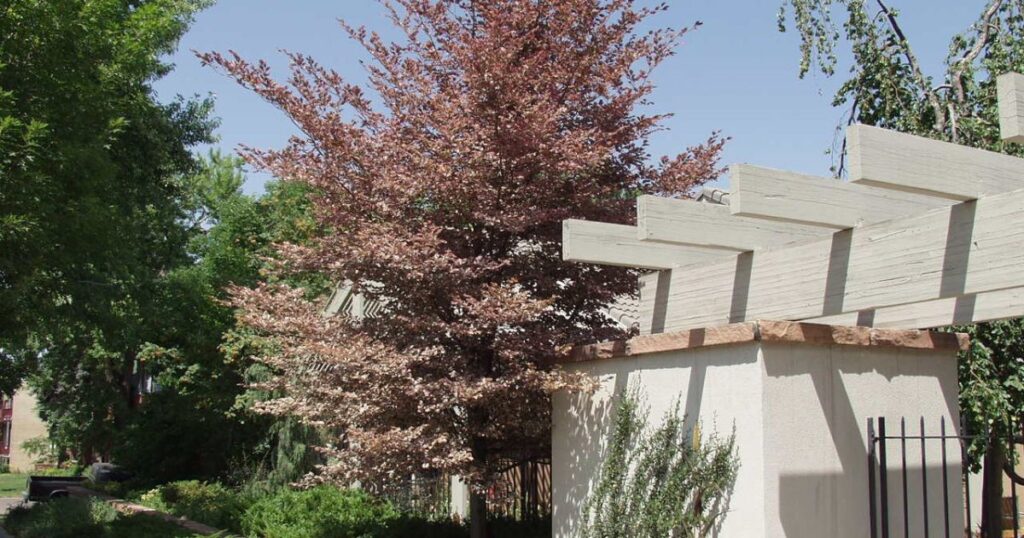
- Artistic Inspiration: Its vibrant colours have inspired artists and photographers alike an ideal subject for nature-inspired art projects or tranquil photography sessions.
- Educational Opportunities: The distinct coloration offers an excellent opportunity to teach children about plant biology and the beauty of diversity in nature through interactive gardening experiences.
- Fall Foliage Attraction: Autumn rolls in, their changing colours captivate viewers with hues ranging from deep red to golden yellow, a perfect eye candy that enhances fall festivities.
- Environmental Benefits: Acting as a carbon sink, these trees contribute positively to local ecosystems by absorbing CO2 while providing oxygen, a vital aspect of environmental conservation efforts.
- Bonsai Potential: Interestingly enough, the Tri Colour Beech can also be cultivated into bonsai form due to its slow growth rate, an exciting pursuit for bonsai enthusiasts seeking unique specimens in their collections.
Tri Colour Beech Tree Tips And Fun Facts
- Sunlight Needs: Ensure your beech tree receives full sun to partial shade; it thrives best in well-drained soil with plenty of light.
- Watering Wisely: While establishing roots, maintain consistent moisture—avoid waterlogging to prevent root rot.
- Shaping and Pruning: Regularly prune throughout the growing season to retain its majestic shape while encouraging bushier growth.
- Mulching Benefits: Apply a layer of organic mulch during summer months to conserve moisture and keep weeds at bay.Disease Awareness**: Watch out for common diseases like beech leaf disease early detection is key.
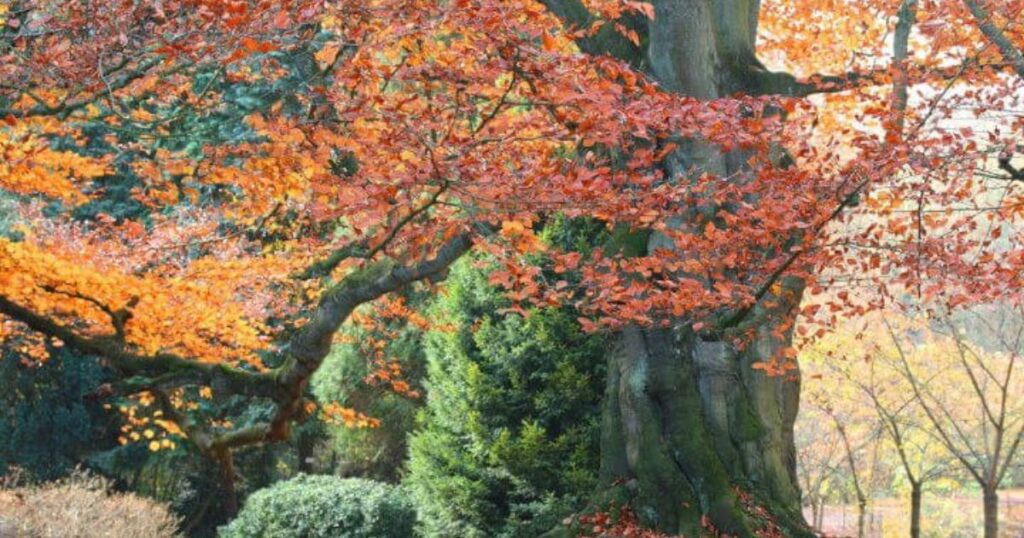
- Colour Change: The leaves shift hues from deep green in spring to stunning shades of pink and white throughout summer, providing dynamic seasonal interest.
- Height Potential: This tree can grow up to 30 feet tall, making it a magnificent focal point or privacy hedge when planted strategically.
- Timber Use: Beyond aesthetics, beech timber is highly valued for furniture-making due to its strength and durability.
Where To Buy Tri Colour Beech Tree?
You are looking to add a striking Tri Colour Beech Tree to your garden, several options present themselves for sourcing this popular ornamental. Local nurseries often carry a selection of trees suited to the climate and soil conditions of your area.
Visiting these establishments not only allows you to assess the health of the plants firsthand but also opens opportunities for conversations with knowledgeable staff who can offer valuable care tips tailored specifically for your new addition.
Tri Colour Beech Tree Vs Magnolia Tree
The Tri Colour Beech tree, known for its stunning foliage, is a striking variation of the common European beech. Its vibrant colours are particularly pronounced in spring when new growth appears as the leaves mature over time they take on a more muted yet equally beautiful palette.
Magnolia trees belong to an ancient family of flowering plants that predate bees and even flowering plants themselves, making them true relics from a time when dinosaurs roamed the Earth.
Conclusion
The Tri Colour Beech Tree care is a striking addition to any landscape, offering vibrant foliage and unique aesthetic appeal. Proper care and maintenance are essential for ensuring its health and longevity, including adequate watering, mulching, and strategic pruning.
Planting this tree in well-drained soil with ample sunlight will help it thrive while enhancing your garden’s beauty. Understanding its uses from ornamental landscaping to providing shade can further enrich your outdoor space.

